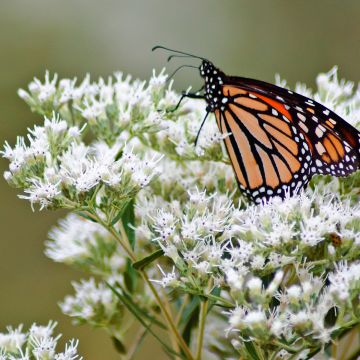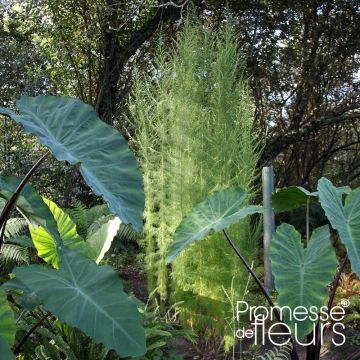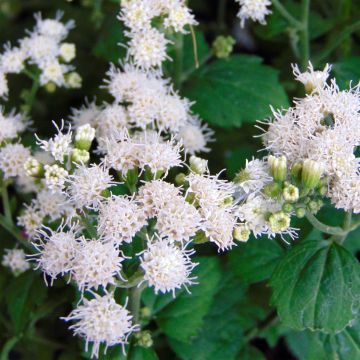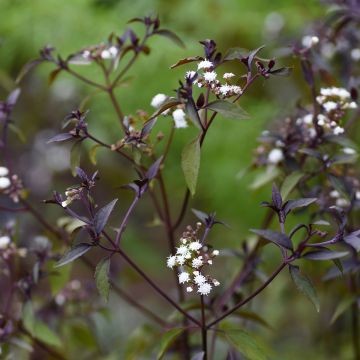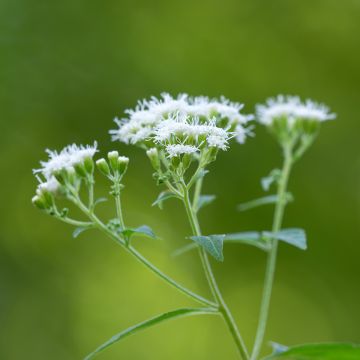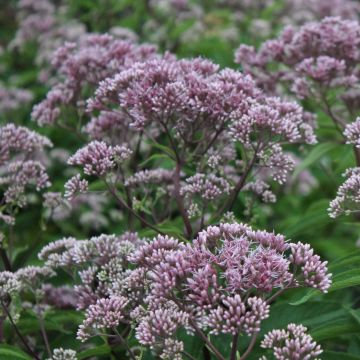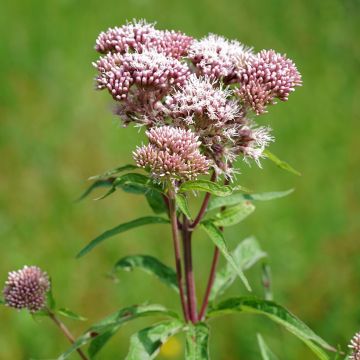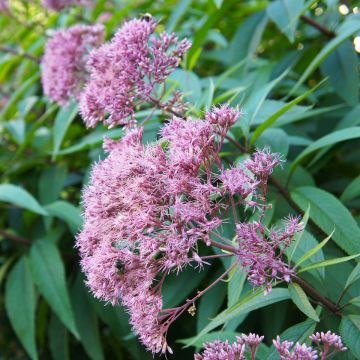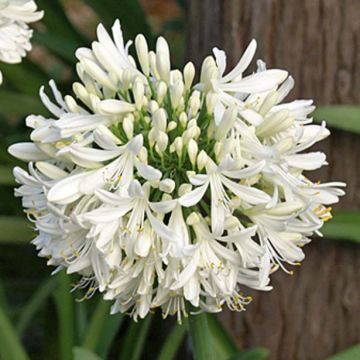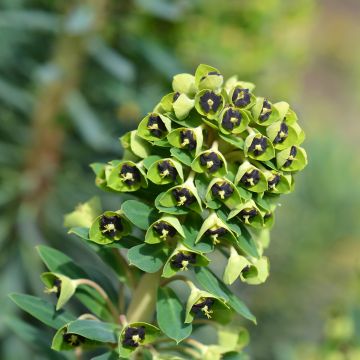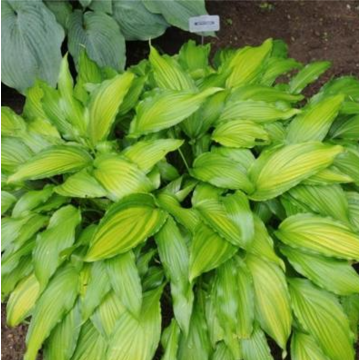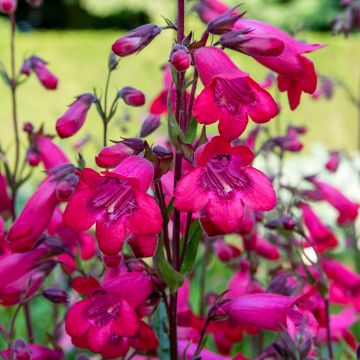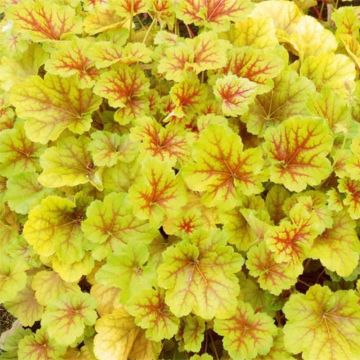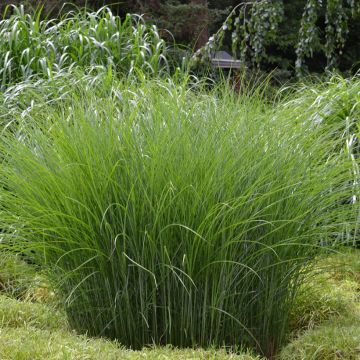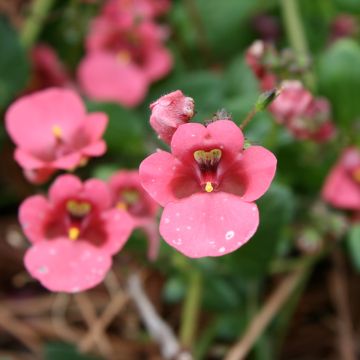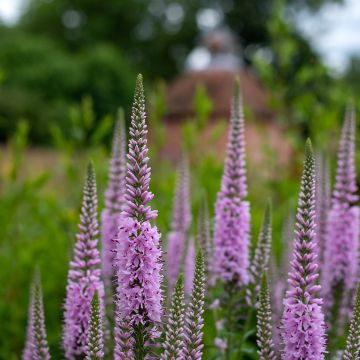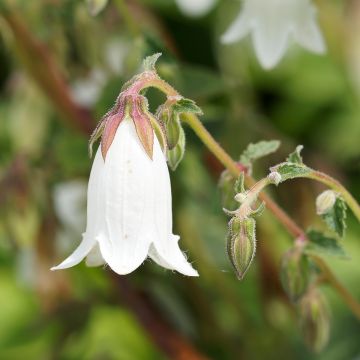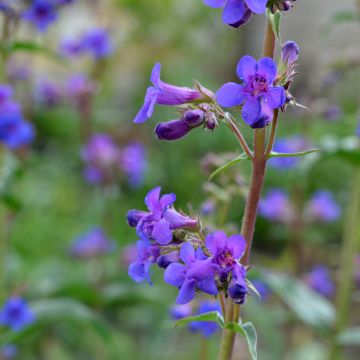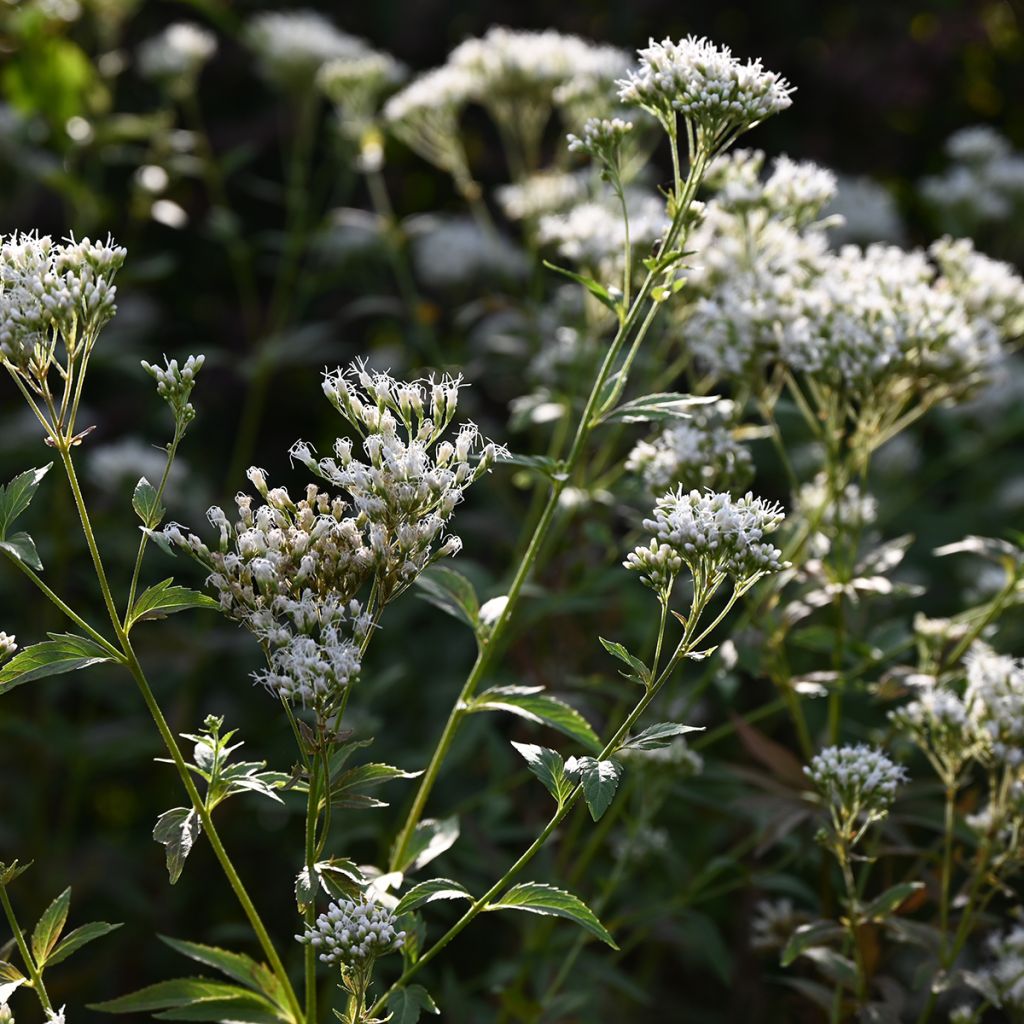

Eupatorium fistulosum var. albidum Bartered Bride
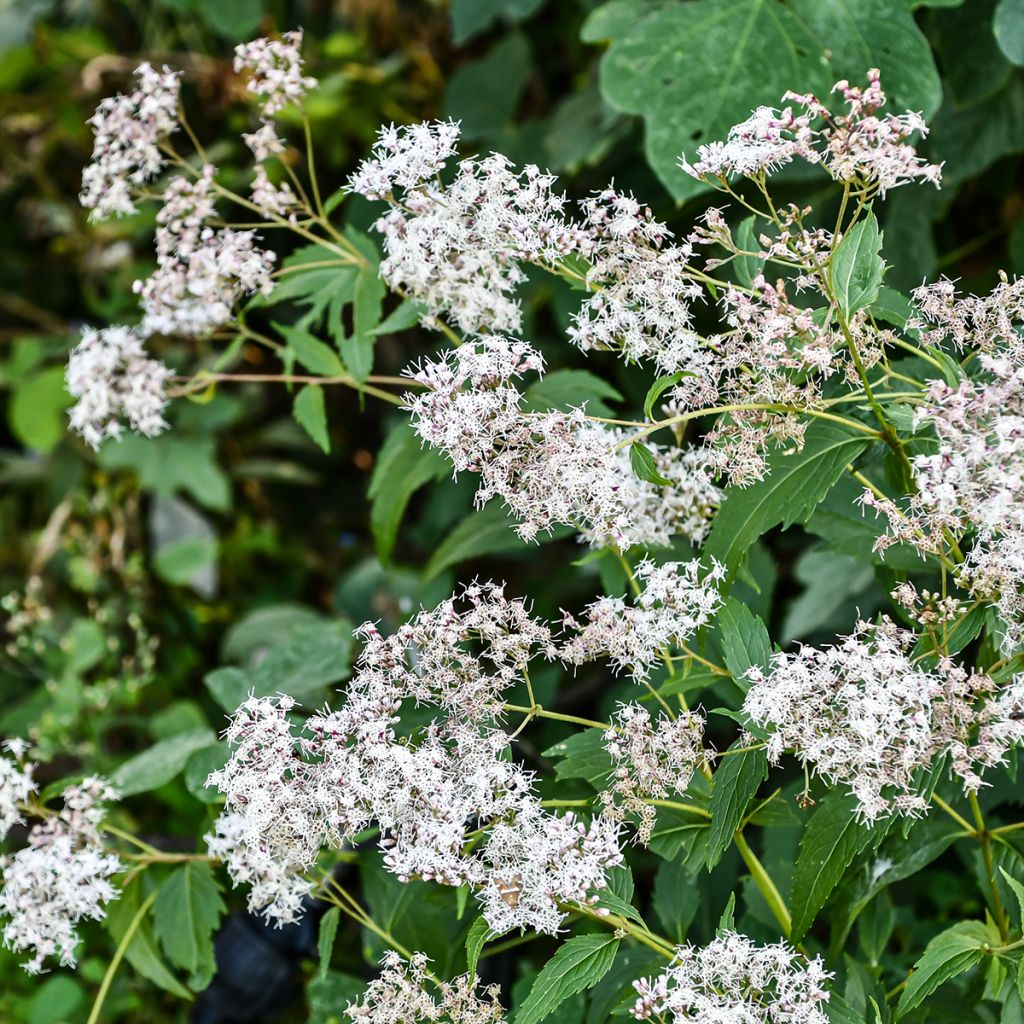

Eupatorium fistulosum var. albidum Bartered Bride
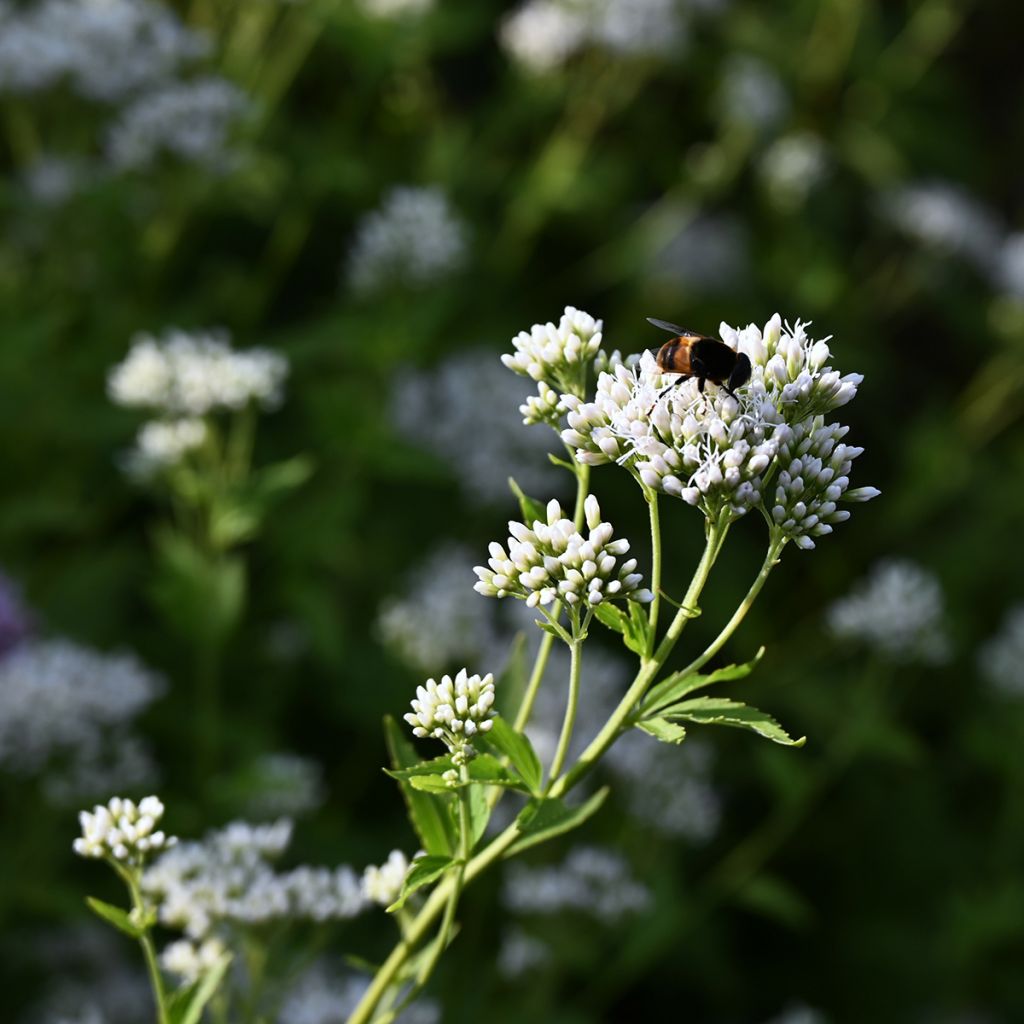

Eupatorium fistulosum var. albidum Bartered Bride
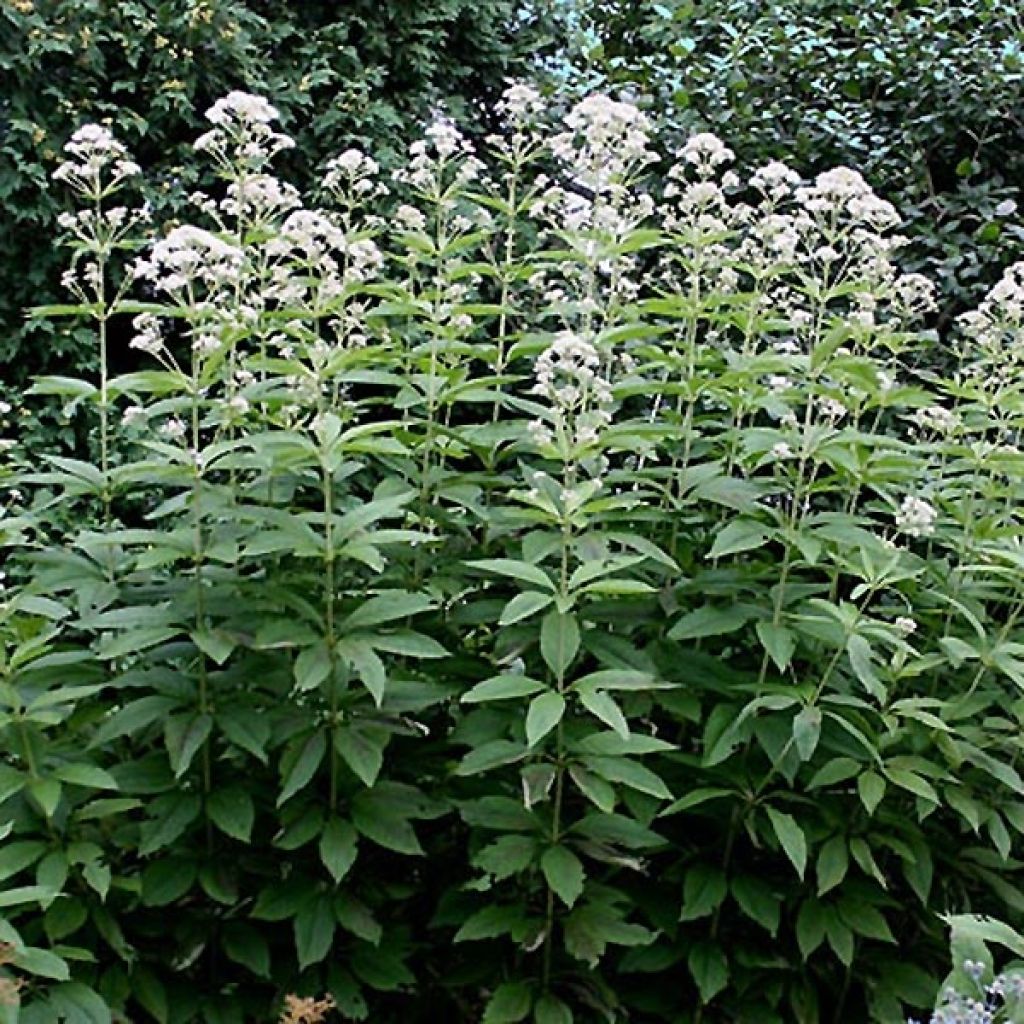

Eupatorium fistulosum var. albidum Bartered Bride
Eupatorium fistulosum var. albidum Bartered Bride
Eupatorium fistulosum var. albidum Bartered Bride
Joe-Pye Weed
This item cannot be shipped to the selected country
Delivery charge from €5.90
More information
Schedule delivery date,
and select date in basket
This plant carries a 12 months recovery warranty
More information
We guarantee the quality of our plants for a full growing cycle, and will replace at our expense any plant that fails to recover under normal climatic and planting conditions.
From €5.90 for pickup delivery and €6.90 for home delivery
Express home delivery from €8.90.
Does this plant fit my garden?
Set up your Plantfit profile →
Description
Eupatorium fistulosum 'Bartered Bride', a superb descendant of the hollow-stemmed Joe-Pye Weed, is the most beautiful white-flowered form of this opulent North American perennial that is dedicated to cool and moist places. It chooses the end of summer to produce fluffy inflorescences in very white corymbs, whiter and larger than those of the wild species. It will thrive at the edge of a pond, but also in a gently sunny bed where the soil remains fresh even in the height of summer. This magnificent Eupatorium seduces with its blurry and light appearance, which give the garden a slightly wild touch.
Eupatorium fistulosum is a tall herbaceous perennial of the Asteraceae family native to North America. It is found from southeast Canada to the east and centre of the USA, mostly in meadows and moist forests, marshes, and along streams. 'Bartered Bride' is a beautiful improvement of the white-flowered form called Eupatorium fistulosum var albidum. This plant grows in a large clump of leafy stems that can reach a height of 1.80 m (6ft) under favourable conditions. It spreads in width through its stump, occupying sometimes more than 1 m (3ft) of soil over time. The stems, vertical, hollow but solid, bear large leaves measuring up to 25 cm (10in) long, lanceolate in shape, coarsely toothed, in a very deep dark green shade. The leaves are arranged in whorls or clusters of 4 to 7 around the stems. Flowering occurs in late summer, usually from August, and extends into September. At the tips of the green stems, branched inflorescences called corymbs are born, composed of a multitude of tiny pure white flowers organised in heads. Each flower corymb can reach 40 cm (16in) in diameter. This flowering is a bit late but it adds a lot of charm to the garden, especially as it exhales a pleasant vanilla scent that attracts pollinating insects. It retains its decorative appearance in winter thanks to its fruits topped with small fluffy plumes that disperse with the wind. The foliage, deciduous, dries up in winter.
The 'Bartered Bride' Eupatorium is an easy-to-grow plant that withstands cold, insects, and diseases. It is content with any soil that remains damp in a sunny to semi-shady position, and it is a nectar plant that is very pleasing to bees and butterflies. It finds its place on the banks of water features, but also at the back of wildflower beds or at the edge of a grove, in heavy and moist soil. It can be associated, for example, with bugbanes, Meadow-rues and Goat's Beards , very beautiful and equally robust and hardy perennials that appreciate the same environments. It is also stunning in a wild garden accompanied by double-flowered Hemp Agrimonies.
Report an error about the product description
Eupatorium fistulosum var. albidum Bartered Bride in pictures


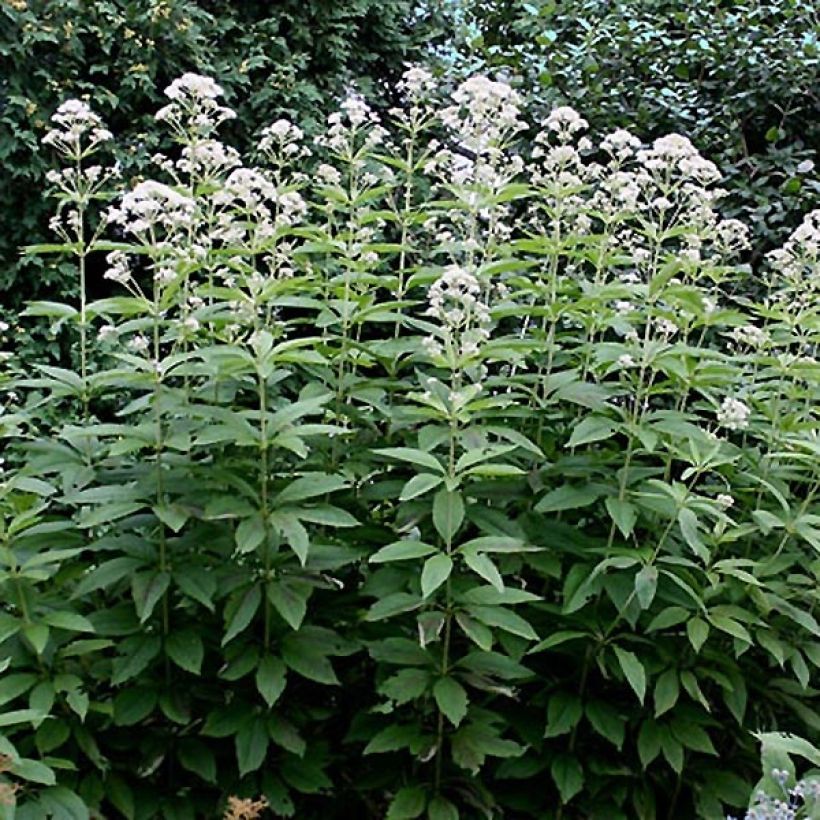

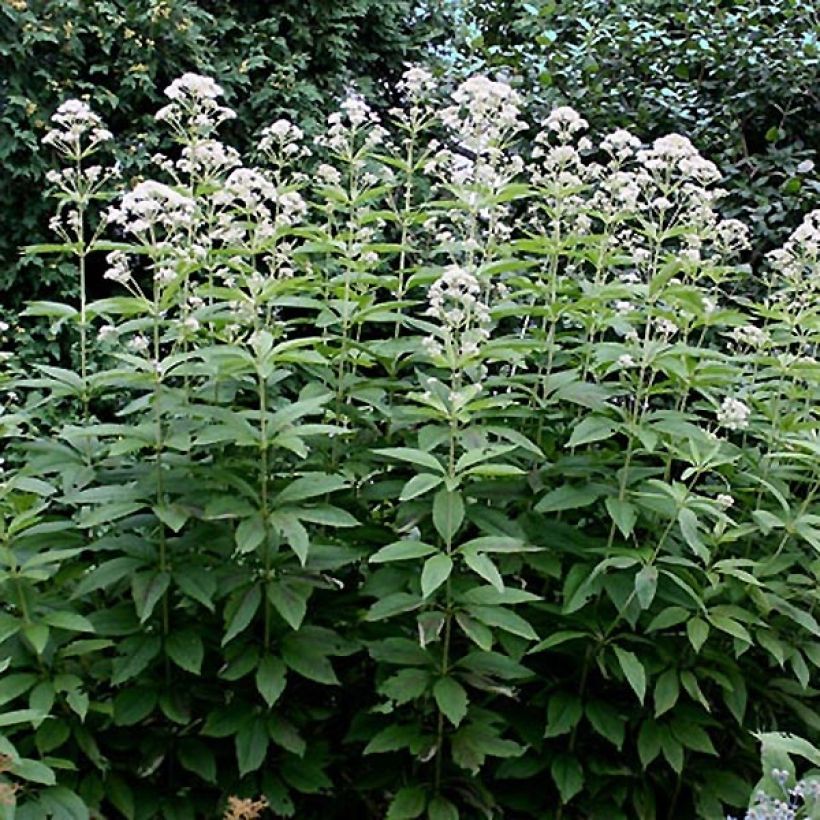

Flowering
Foliage
Plant habit
Botanical data
Eupatorium
fistulosum var. albidum
Bartered Bride
Asteraceae
Joe-Pye Weed
North America
Other Eupatorium - Boneset
Planting and care
In their natural state, Eupatoriums prefer to grow in damp or even moist soils. They indicate a certain degree of soil moisture. Eupatorium Bartered Bride adapts to all types of deep and rich soils, even limestone, remaining damp in summer: water regularly and mulch the base if the summer is dry. Adding compost in spring is useful. It is a hardy plant that is resistant to diseases and requires very little maintenance once well established.
Planting period
Intended location
Care
This item has not been reviewed yet - be the first to leave a review about it.
Summer flowering perennials
Haven't found what you were looking for?
Hardiness is the lowest winter temperature a plant can endure without suffering serious damage or even dying. However, hardiness is affected by location (a sheltered area, such as a patio), protection (winter cover) and soil type (hardiness is improved by well-drained soil).

Photo Sharing Terms & Conditions
In order to encourage gardeners to interact and share their experiences, Promesse de fleurs offers various media enabling content to be uploaded onto its Site - in particular via the ‘Photo sharing’ module.
The User agrees to refrain from:
- Posting any content that is illegal, prejudicial, insulting, racist, inciteful to hatred, revisionist, contrary to public decency, that infringes on privacy or on the privacy rights of third parties, in particular the publicity rights of persons and goods, intellectual property rights, or the right to privacy.
- Submitting content on behalf of a third party;
- Impersonate the identity of a third party and/or publish any personal information about a third party;
In general, the User undertakes to refrain from any unethical behaviour.
All Content (in particular text, comments, files, images, photos, videos, creative works, etc.), which may be subject to property or intellectual property rights, image or other private rights, shall remain the property of the User, subject to the limited rights granted by the terms of the licence granted by Promesse de fleurs as stated below. Users are at liberty to publish or not to publish such Content on the Site, notably via the ‘Photo Sharing’ facility, and accept that this Content shall be made public and freely accessible, notably on the Internet.
Users further acknowledge, undertake to have ,and guarantee that they hold all necessary rights and permissions to publish such material on the Site, in particular with regard to the legislation in force pertaining to any privacy, property, intellectual property, image, or contractual rights, or rights of any other nature. By publishing such Content on the Site, Users acknowledge accepting full liability as publishers of the Content within the meaning of the law, and grant Promesse de fleurs, free of charge, an inclusive, worldwide licence for the said Content for the entire duration of its publication, including all reproduction, representation, up/downloading, displaying, performing, transmission, and storage rights.
Users also grant permission for their name to be linked to the Content and accept that this link may not always be made available.
By engaging in posting material, Users consent to their Content becoming automatically accessible on the Internet, in particular on other sites and/or blogs and/or web pages of the Promesse de fleurs site, including in particular social pages and the Promesse de fleurs catalogue.
Users may secure the removal of entrusted content free of charge by issuing a simple request via our contact form.
The flowering period indicated on our website applies to countries and regions located in USDA zone 8 (France, the United Kingdom, Ireland, the Netherlands, etc.)
It will vary according to where you live:
- In zones 9 to 10 (Italy, Spain, Greece, etc.), flowering will occur about 2 to 4 weeks earlier.
- In zones 6 to 7 (Germany, Poland, Slovenia, and lower mountainous regions), flowering will be delayed by 2 to 3 weeks.
- In zone 5 (Central Europe, Scandinavia), blooming will be delayed by 3 to 5 weeks.
In temperate climates, pruning of spring-flowering shrubs (forsythia, spireas, etc.) should be done just after flowering.
Pruning of summer-flowering shrubs (Indian Lilac, Perovskia, etc.) can be done in winter or spring.
In cold regions as well as with frost-sensitive plants, avoid pruning too early when severe frosts may still occur.
The planting period indicated on our website applies to countries and regions located in USDA zone 8 (France, United Kingdom, Ireland, Netherlands).
It will vary according to where you live:
- In Mediterranean zones (Marseille, Madrid, Milan, etc.), autumn and winter are the best planting periods.
- In continental zones (Strasbourg, Munich, Vienna, etc.), delay planting by 2 to 3 weeks in spring and bring it forward by 2 to 4 weeks in autumn.
- In mountainous regions (the Alps, Pyrenees, Carpathians, etc.), it is best to plant in late spring (May-June) or late summer (August-September).
The harvesting period indicated on our website applies to countries and regions in USDA zone 8 (France, England, Ireland, the Netherlands).
In colder areas (Scandinavia, Poland, Austria...) fruit and vegetable harvests are likely to be delayed by 3-4 weeks.
In warmer areas (Italy, Spain, Greece, etc.), harvesting will probably take place earlier, depending on weather conditions.
The sowing periods indicated on our website apply to countries and regions within USDA Zone 8 (France, UK, Ireland, Netherlands).
In colder areas (Scandinavia, Poland, Austria...), delay any outdoor sowing by 3-4 weeks, or sow under glass.
In warmer climes (Italy, Spain, Greece, etc.), bring outdoor sowing forward by a few weeks.

































